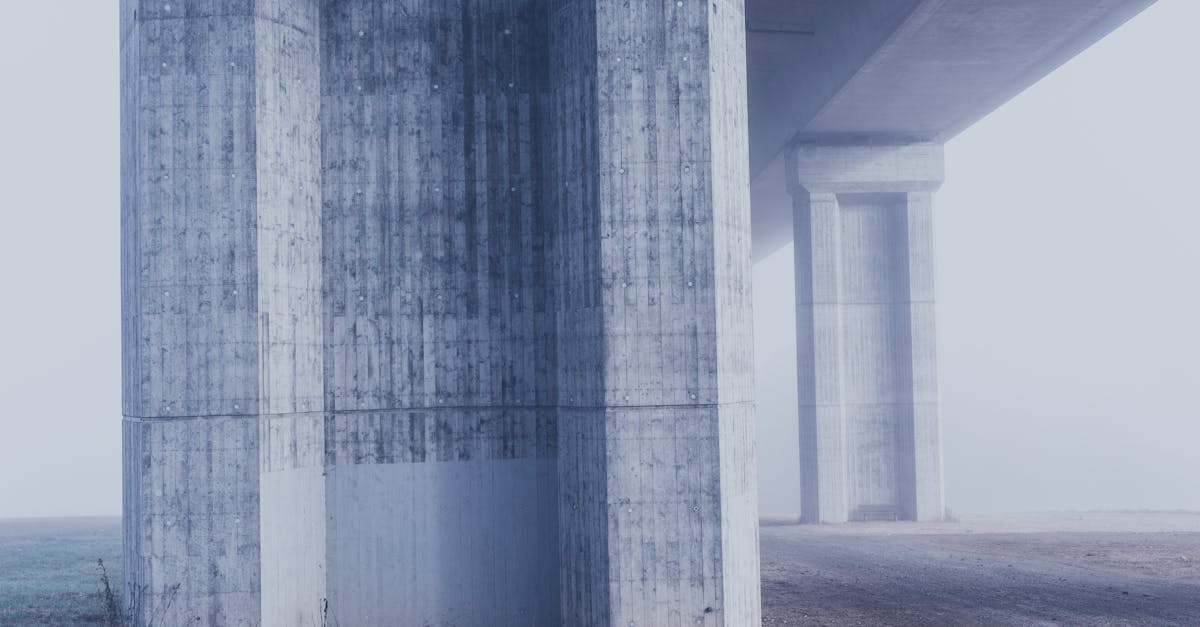Utilising wall cladding in small spaces can transform the perception of size and openness. By selecting lighter shades or subtle textures, you can create an illusion of depth and expansiveness. Vertical cladding tends to draw the eye upward, enhancing the feeling of height, while horizontal patterns can elongate a room. This optical trickery allows for a more airy atmosphere, making the space feel less confined.
Utilising minimalist wall cladding alongside carefully selected furniture can create a harmonious atmosphere in small spaces. The texture and finish of the cladding play a vital role in enhancing the overall aesthetic. Choosing furniture pieces that complement the cladding's colour palette can add depth without overwhelming the space. For example, light-toned furniture against darker cladding can create a striking contrast while still maintaining a sense of balance.
Incorporating multifunctional furniture further amplifies the benefits of minimalist design. Opting for pieces that serve dual purposes maximises both functionality and visual appeal. A sleek, minimalist coffee table that doubles as a storage unit can maintain a tidy appearance while complementing the clean lines of the wall cladding. Such thoughtful combinations not only optimise space but also contribute to a cohesive interior design scheme that feels both sophisticated and inviting.
Creating a Cohesive LookWhen selecting wall cladding, it’s essential to consider the overall aesthetic of the space. Choosing materials that complement existing furniture and decor creates visual harmony. For instance, if you have a primarily timber furniture setup, opting for natural wood or wood-look cladding will enhance the organic feel throughout the room. It’s also crucial to keep colour palettes in mind. Neutral tones can provide a seamless backdrop, allowing other design elements to shine without overwhelming the space.
Balancing textures plays a significant role in achieving a unified look in small areas. Combining minimalist cladding with soft furnishings like textiles or cushions can create an inviting atmosphere. Accessories such as artwork or decorative pieces should also align with the minimalist theme. This strategy can prevent the area from feeling cluttered while ensuring that every element contributes to the overall design vision. By thoughtfully coordinating these aspects, you can elevate the aesthetic appeal of your small spaces.
FAQS

